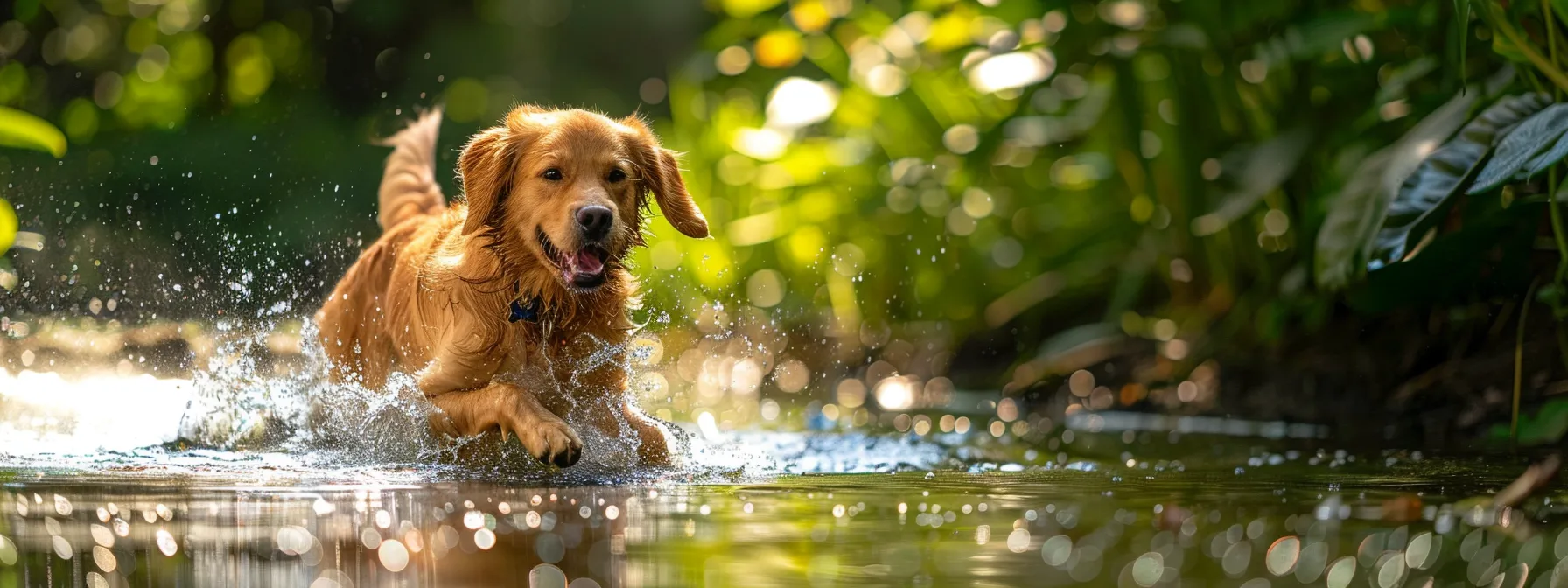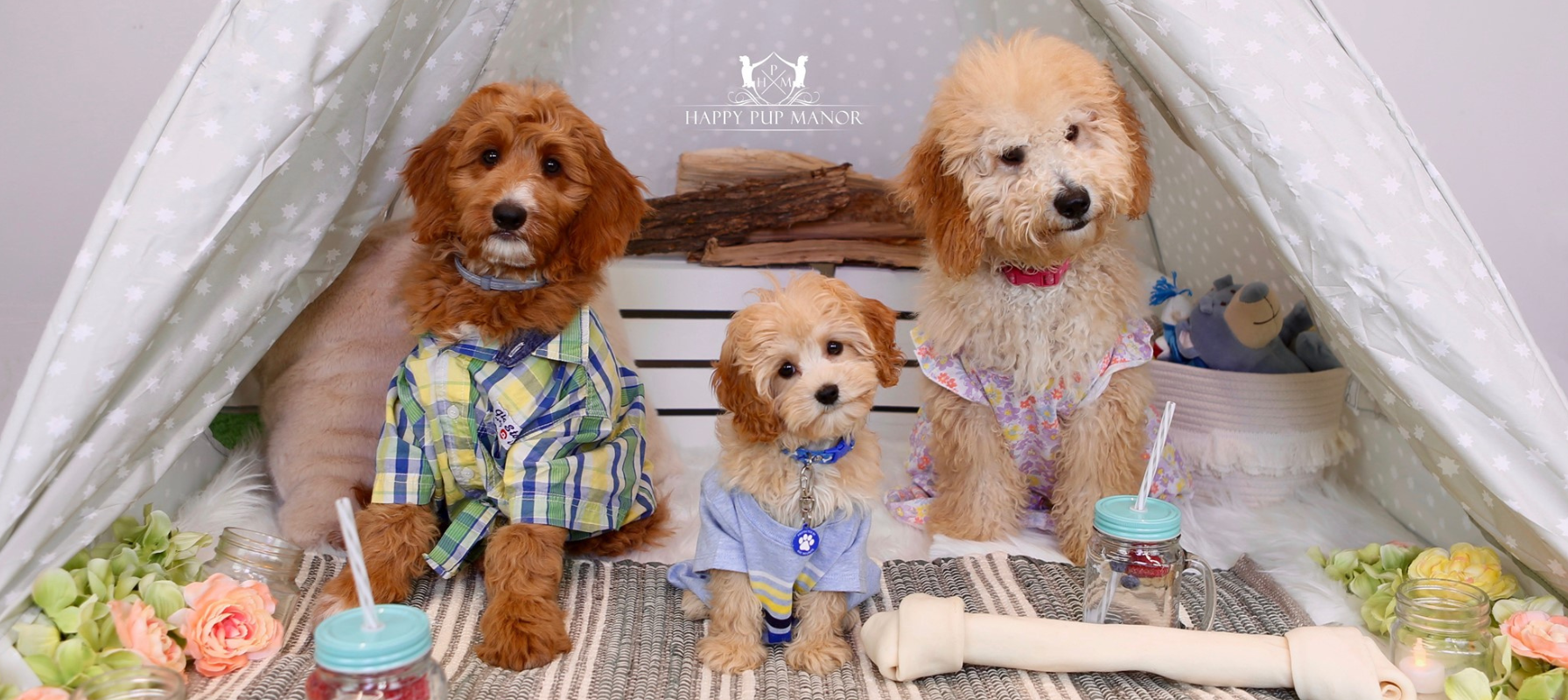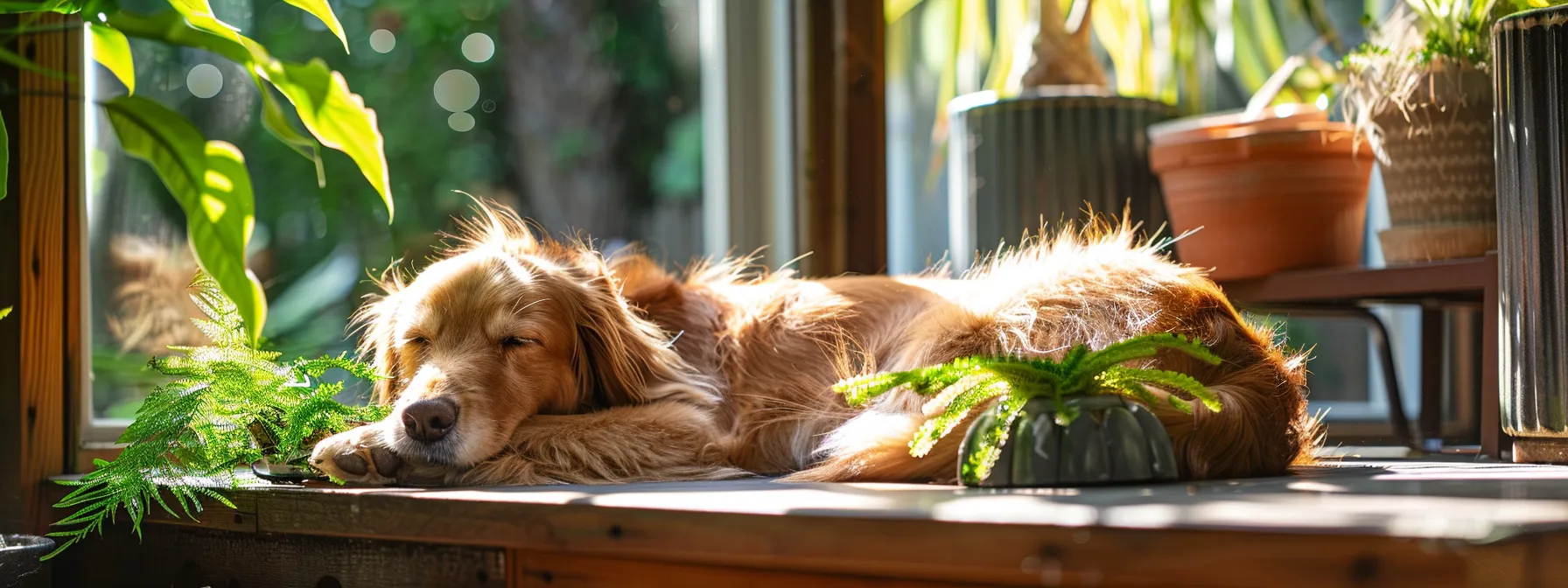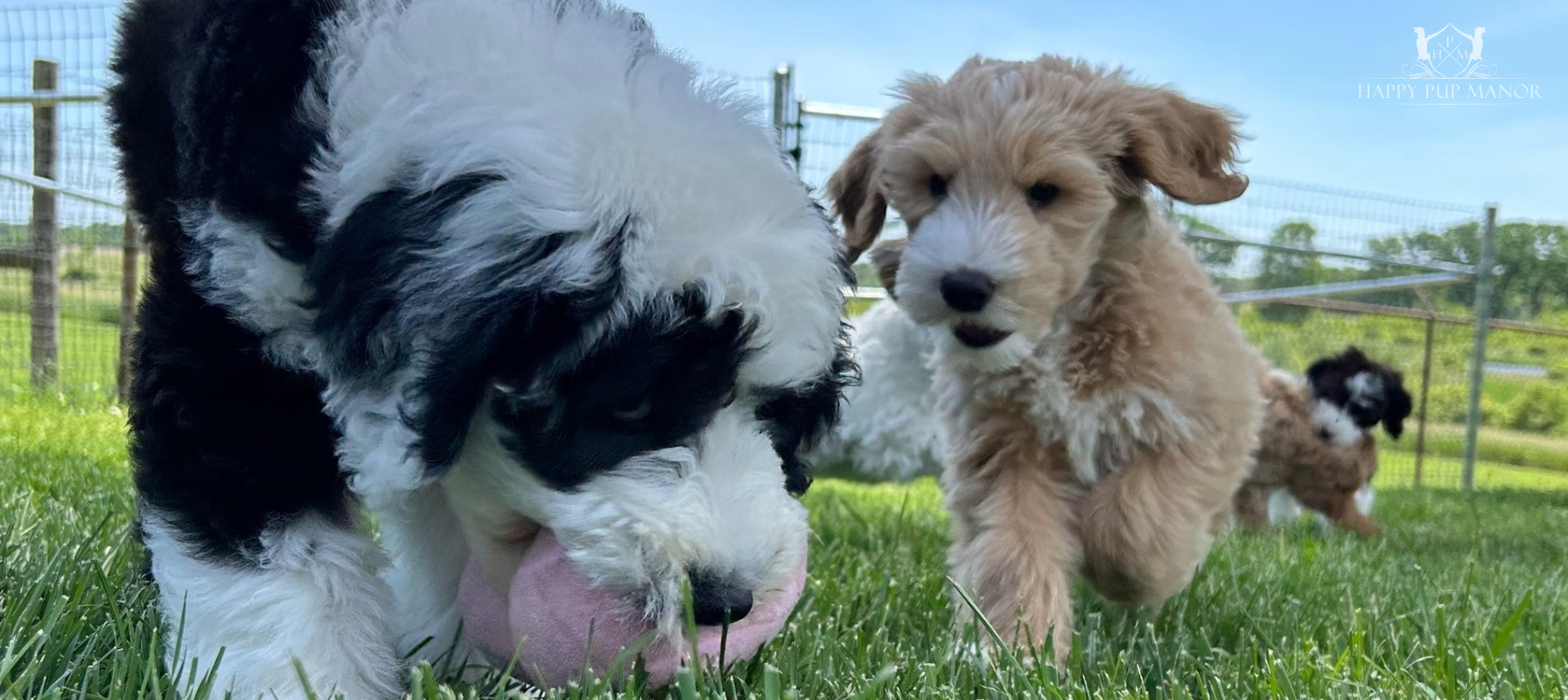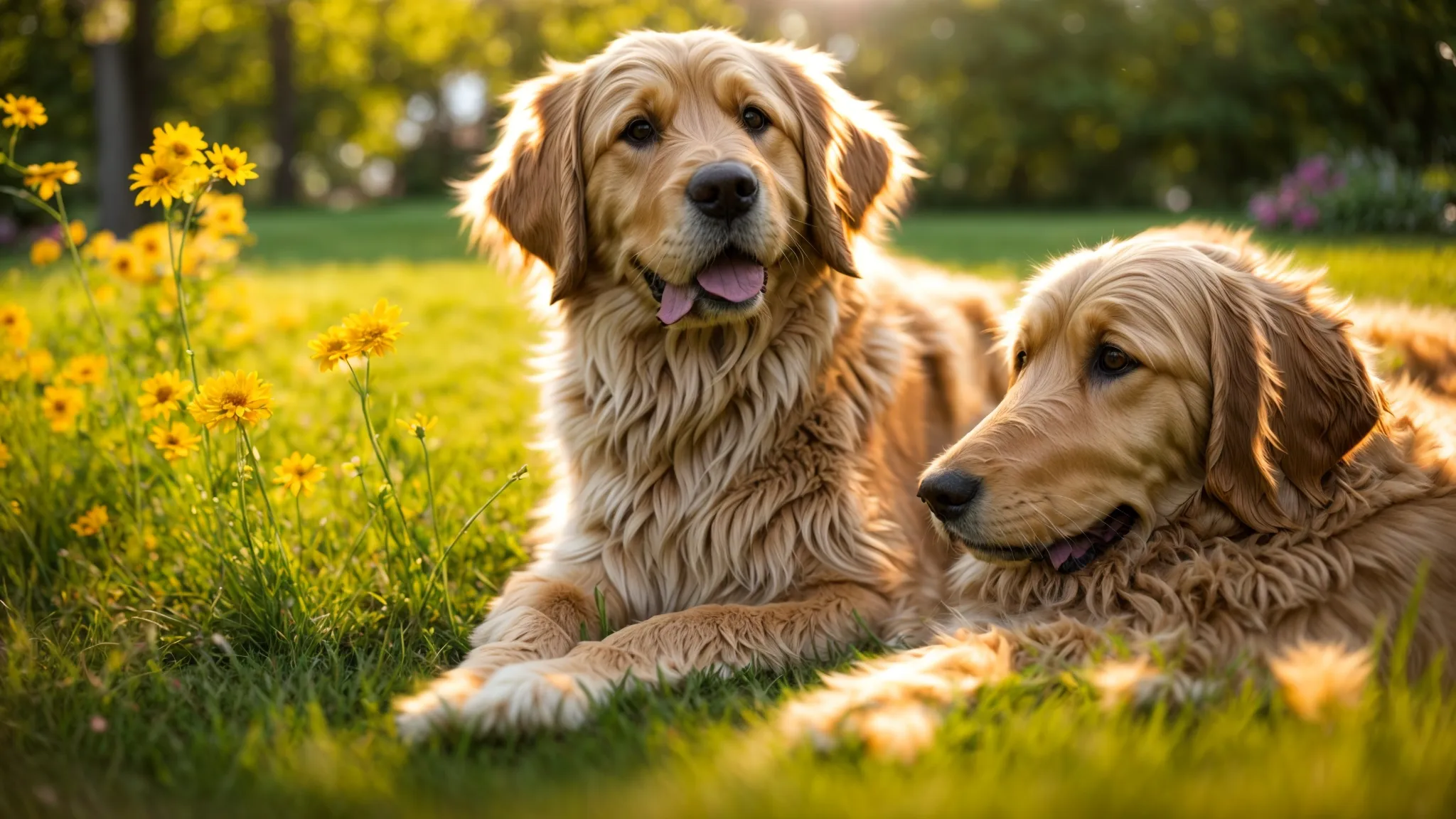Should I Worry About Taking Walks in the Winter with My Pet?

Should I Worry About Taking Walks in the Winter with My Pet?
Winter walks with your dog can be an enchanting experience. Imagine the joy of watching your beloved companion frolicking in the snow, their breath fogging up in the chilly air, their tails wagging with excitement. But, as delightful as these moments can be, they do come with certain risks. Therefore, it’s essential to tread carefully (pun intended) and take necessary precautions to ensure your dog’s safety and well-being.
The Upside of Winter Walks
Firstly, let’s talk about why winter walks are beneficial.
- Exercise: Cold or not, dogs need their daily dose of physical activity. Regular exercise is crucial for their overall health and well-being, and winter walks are no exception. They not only keep your dog active but also provide mental stimulation.
- Bonding Time: There’s something magical about a serene winter landscape that brings you closer to your canine friend. It’s a wonderful opportunity to strengthen your bond and enjoy some quality time together.
However, as much as we love these winter wonderland walks, it’s important to acknowledge the potential hazards.
The Downside of Winter Walks
- Cold Temperatures: Just like us, dogs, too, can fall victim to the harsh winter weather. Smaller and short-haired breeds are particularly susceptible to cold temperatures. Prolonged exposure can lead to hypothermia and frostbite. It’s crucial to keep an eye on your dog’s behavior and limit their time outside in freezing temperatures.
- Paw Health: The cold can be harsh on your dog’s paws, causing dryness and cracking, which can lead to painful infections. Moisturizing their paws with pet-safe products can help prevent these issues.
Tips for a Safe Winter Walk
- Dress Appropriately: Dogs need winter gear just like we do. Consider investing in a doggy sweater or jacket, booties to protect their paws from the cold surface, and a hat or ear coverings for breeds with exposed ears.
- Shorter Walks: Instead of one long walk, opt for multiple shorter walks throughout the day. This will reduce the risk of your dog getting too cold and allow them to warm up indoors between walks.
- Watch for Signs of Discomfort: Pay attention to signs of discomfort in your dog, such as shivering, excessive paw licking, or trying to head back home. These could be indications that they are not comfortable in the cold weather.
- Avoid Ice and Chemicals: Ice can be slippery and dangerous. Avoid walking on icy surfaces and use pet-safe ice melt on your property. Also, be cautious of chemicals used on roads and sidewalks, as they can be toxic to dogs.
Keep Your Dog Active and Safe All Season Long
Winter provides a great opportunity for exercise and outdoor adventure with your dog. But for times when you’re busy or away, consider securing a spot with our professional dog training and boarding services. Give your dog the opportunity to socialize, learn new tricks, and enjoy safe, supervised outdoor activities, no matter the season. Book your dog’s training and boarding experience today.



